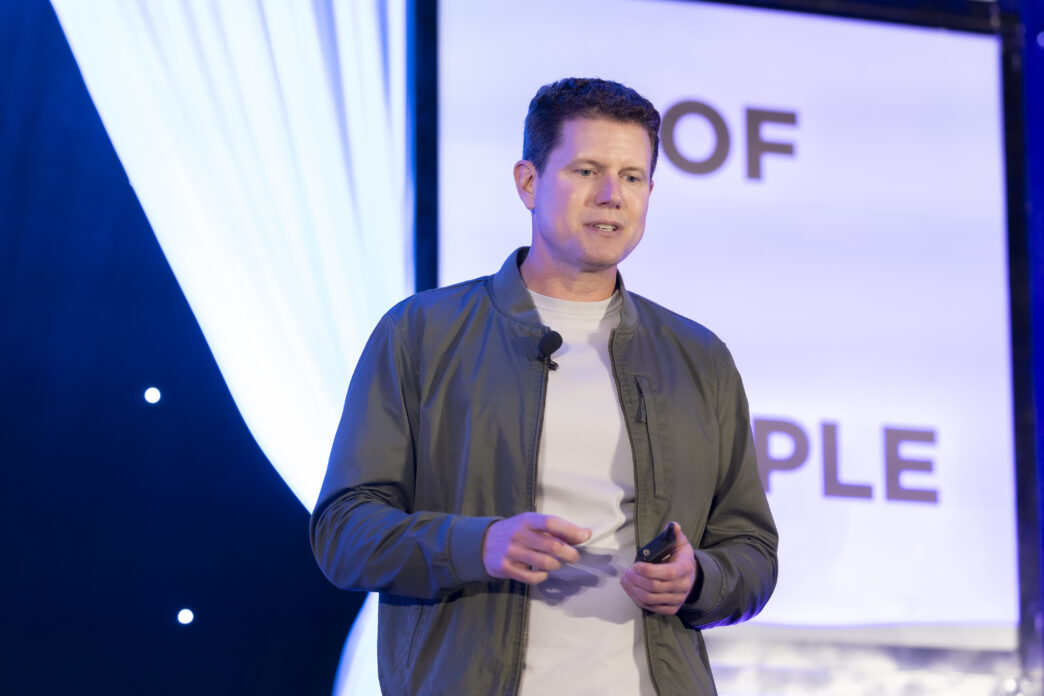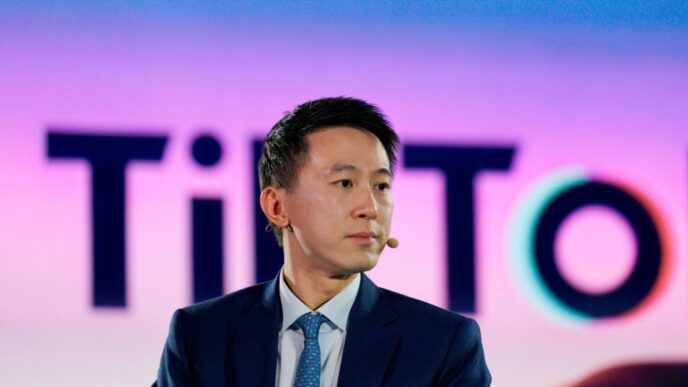Amazon is taking a major step toward reshaping its grocery empire. After beginning the transition of Whole Foods’ corporate staff into its own HR and productivity systems earlier this year, the company is now preparing to bring in thousands of frontline workers as well. This sweeping effort, internally known as Project Cremini, aims to fully integrate more than 100,000 Whole Foods employees into Amazon’s core structure by next year.
Once the rollout is complete, everyone working at Whole Foods, from store cashiers to regional leaders, will operate on Amazon’s internal platforms. They’ll use the same tools for performance reviews, scheduling, communication, and pay, with salaries coming directly from Amazon. It’s one of the clearest signals yet that Amazon wants a unified grocery engine rather than two separate entities.
This shift also reflects Amazon’s larger push to revive momentum in the grocery business. While the company has made headway in categories like household essentials and online grocery delivery, Whole Foods has remained somewhat siloed since Amazon acquired it for $13.7 billion back in 2017.
Over the years, changing shopper behavior, slowing foot traffic, and rising competition have forced repeated reorganizations. Now, Amazon appears ready to break down the final walls and run both businesses under one overarching playbook.
A major driver behind this transformation is Jason Buechel, the current Whole Foods CEO and the Amazon VP leading the company’s worldwide grocery strategy. Since stepping into the expanded role earlier this year, Buechel has pushed hard for a “One Grocery” mindset across the company. His goal is simple: create a seamless employee and operational experience that supports faster decision-making and smarter innovation.
In a statement, Amazon spokesperson Griffin Buch said the company now serves more than 150 million grocery customers, with nearly 3 million everyday essentials and food products available across its platforms. He noted that Amazon’s everyday essentials category, which includes fresh foods and household staples, grew almost twice as fast as other US categories in the first half of 2025. Amazon believes a more unified grocery workforce will help sustain that growth.
Buch added that the company is “exploring new ways of working across grocery and everyday essentials” to make shopping easier, faster, and more affordable. The integration of systems, teams, and tools is one part of that broader effort.
One of Buechel’s biggest initiatives so far has been reducing the bureaucracy across Whole Foods and Amazon Fresh. Internal documents show Amazon recently began merging vendor-management teams handling online and physical store operations.
In the past, both sides used different supply chain tools, separate infrastructure, and incompatible forecasting systems, a setup that led to slowdowns, inaccurate inventory planning, and duplicated efforts.
Under the new plan, Amazon will consolidate these functions over the next three years, beginning with its 16 largest food vendors. Forecasts suggest the change could add at least $94 million in additional profit by improving efficiency. The goal is to operate like a single, streamlined grocery business rather than two disconnected brands.
Amazon’s grocery transformation doesn’t stop at staffing and vendor operations. Internally, the company has also rolled out a logistics initiative called Project Fusion, which allows it to deliver grocery orders using a mix of Amazon Fresh warehouses, Amazon Fresh storefronts, and Whole Foods locations. That service quietly launched in August and is already shaping how customers receive everyday essentials.
Another innovation is Amazon’s updated Whole Foods store design, which features a micro-fulfillment center tucked beside the retail floor. This new format stocks popular everyday goods, from Tide detergent to Goldfish crackers, in a high-efficiency backroom setup while keeping the traditional Whole Foods shopping experience upfront.
The first location using this hybrid model opened recently and signals a much tighter alignment between Whole Foods and the larger Amazon grocery network.













